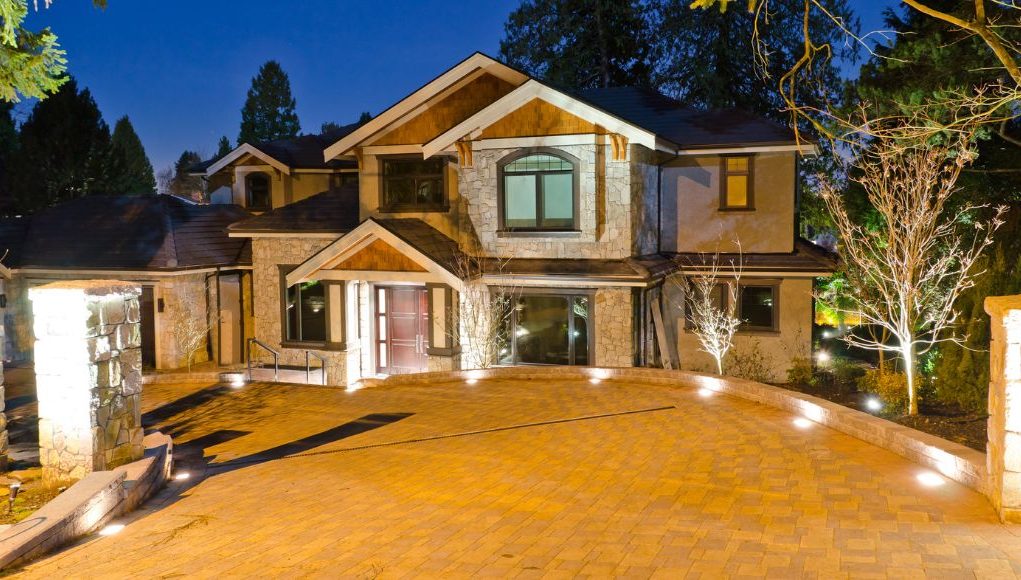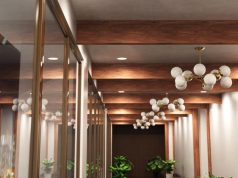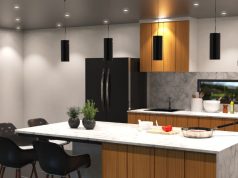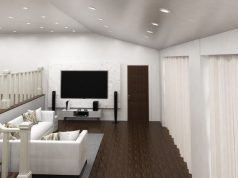A lot of us who are blessed with a yard focus too much on making it beautiful during the day… but what about at night? Do you have a single floodlight shining on your garden and deem it “good enough”? Or maybe you got some fairy lights with missing bulbs crawling up a post?
But let’s be real. Why should you care about outdoor lighting? Is it to be the envy of nosy neighbours? We can understand that. However, the real reasons are both personal and practical.
You see, a beautiful, well-lit yard or garden is, for one, a place for creating magical Instagram moments. But even more so, it’s about keeping things safe and stylish, while making sure that your lights stay on for long before succumbing to the harsh outdoor elements.
That’s what we’ll shed light on in this post—how to make your outdoor spaces shine, literally.
Why Outdoor Lighting Matters
Did you know that your outdoor garden lighting plays three crucial roles for your house? They’re security, safety, and ambience. It might be tempting to only focus on the ambience, but the first two are way, way more important reasons to light your outdoors properly. (but we don’t blame you!)
When done right, lighting turns the average front yard into a welcoming entryway, the garden path into a glowing trail of mystery, and your driveway into a personal car show.
Besides giving your house some serious kerb appeal, good lighting keeps potential intruders on their toes—because which burglar loves being in the spotlight? And safety doesn’t just mean from potential crime.
Outdoor lighting prevents twisted ankles from stepping on your dog’s favourite toy and missing a step going up the deck. It’s your nighttime insurance policy.
Functional Lighting for Safety and Navigation
Why do you turn on the lights at night? To see where you’re going, of course. We humans are mobile creatures. We tend to move around even at night. That’s why artificial lighting was invented in the first place.
Functional lighting is all about helping you get from point A to B without incident (or embarrassment—because everyone remembers who tripped and fell on the flowerbed at the party five years ago).
Here are some MVPs of the functional lighting game:
Path lights: Line your walkways with these little guys to keep yourself from accidentally trampling your wife’s prized tulips. Install them along driveways, garden paths, or around patios.
Step lights: Installed directly into stair risers or the sides of steps, these prevent clumsy stumbles while making your steps look sleek, modern, and inviting.
Floodlights: Not as glamorous, but essential. Get one with a motion sensor function for added security. Someone trying to sneak in undetected in the dark? Surprise! On-your-face bright lights. Perfect for driveways, garages, and anywhere outdoors. Just make sure you don’t point it at the neighbour’s window.
Wall lights: Mounted near doors or gates, they provide visibility where it counts, like when you’re trying to unlock the front door while balancing groceries, keys, and a water bottle.
Just remember that too much light is not good and will only make your outdoors look like an overexposed picture. Too little, and you’re stubbing your toes on the steps. Balance is everything when it comes to lighting.
Decorative Lighting to Highlight Features
Here’s where things get a little fancier—and maybe a little complicated? But we’ll make sure to keep things simple. So you have some functional (and general) lighting setup. Now let’s talk about layering your outdoor lights with decorative lighting and making your garden sparkle like it’s on a magazine cover.
Decorative lighting is your “show off” lights. Whether it’s a historic tree, a koi pond, or the adorable little birdbath you found at a flea market, flaunt them using any of these lights:
Uplighting: These fixtures shine upwards from the ground and are perfect for tall trees, garden sculptures, or the dramatic architectural lines of your home. Think “catwalk spotlight,” but for stationary shrubs.
String lights: Instantly charming. Hang them across patios, pergolas, or even in trees for a whimsical, café-style glow. Just… careful not to go full Christmas in July.
Lanterns: These add a soft, romantic vibe and come in all sorts of styles—from rustic to modern. Place them on tables, hang them from hooks, or line them along garden edges. There’s something about lanterns that gives off medieval vibes or something like The Shire feels.
Spotlights: Use them to focus attention on specific features like a prized rose bush, a stone wall, or the fountain you absolutely didn’t splurge on (we won’t tell).
Lighting is a lot like makeup—it’s not just about coverage, it’s also a lot about contouring. Play with shadows, highlight your best angles, conceal the unnecessary, and make the important features pop.
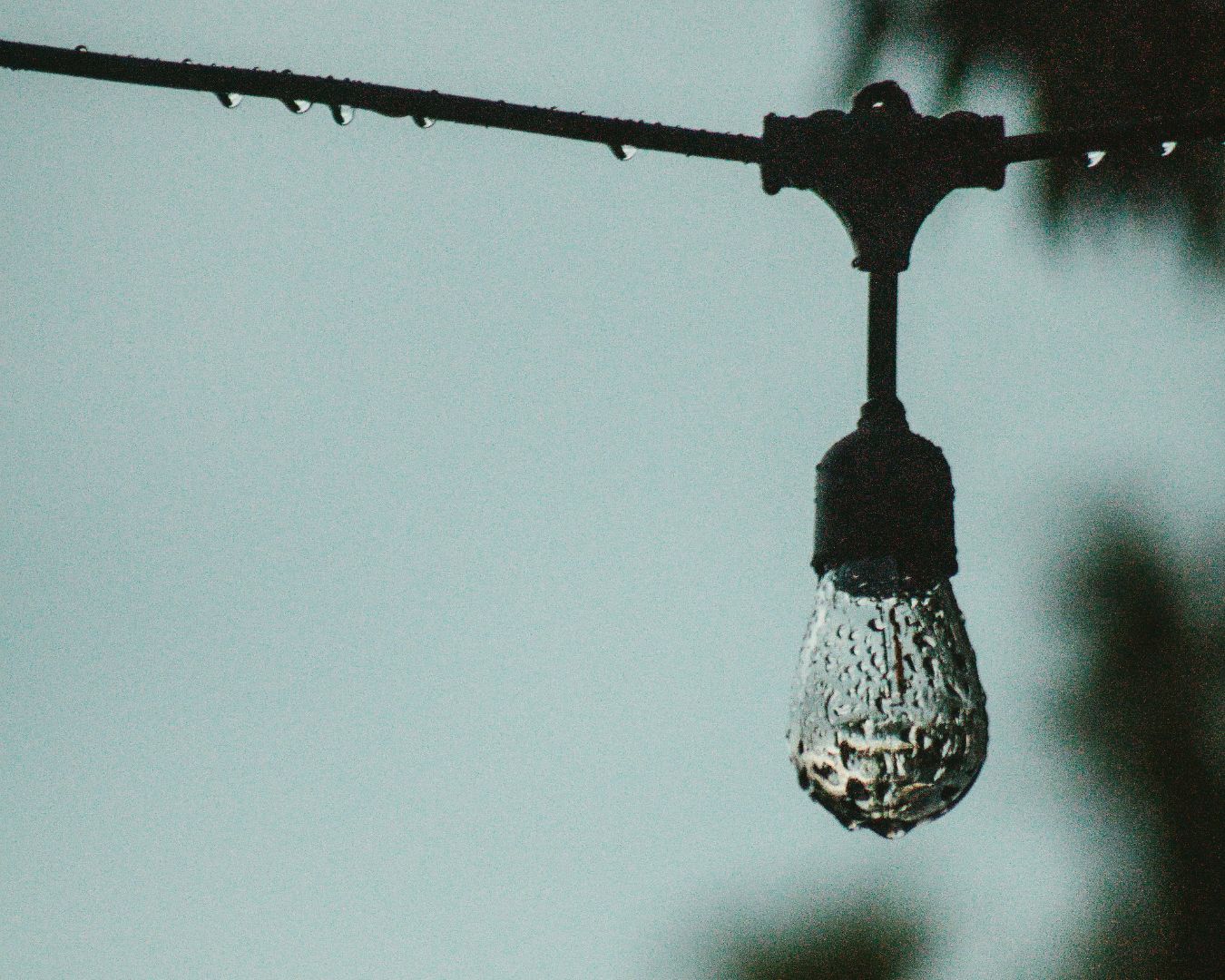
Weatherproofing and IP Ratings Explained
Lighting masterpieces, especially the ones installed outdoors, won’t mean a thing when they short-circuit at the first drizzle.
Outdoor lighting means that your lights will be exposed to the harsh elements of the outdoors: rain, wind, dust, bugs, sudden temperature changes, and your nosy neighbour’s glances and “accidental” water hose sprays. So, thank the universe for IP ratings. What are they, and why are they essential for keeping your outdoor lighting running for a long time?
IP stands for Ingress Protection, and it tells you how well your light fixtures can withstand the elements, both solid and liquid.
The rating looks like IP65 or IP44, and those two digits mean something. They’re simple to understand, really:
- The first number (0–6) indicates the level of protection against dust and solid objects. A rating of 6 is completely dust-tight, and 0 means no protection at all.
- The second number (0–8) indicates the level of protection against moisture and liquids in general. The higher the number, the more water it can handle. A rating of 0 means the light should never be near any water/moisture source.
Here are some of the common IP ratings you’ll see in light fixture labels:
- IP20 – Got some minor dust protection, but water can totally seep in. Use in dry indoor areas only.
- IP44 – Splash-proof. Fine for covered patios or porch areas.
- IP65 – Has maximum dust protection. Can withstand water jets. Great for exposed areas, including garden paths and driveways.
- IP67 – Maximum dust protection. Can be submerged for short periods (around 30 minutes). Ideal if you’re lighting up fountains or ponds.
The idea here is that if your lights are going to fight for their lives out in the rain (water and electricity = disaster), give them armour.
Solar vs Wired Outdoor Lighting
Sorry to be that kind of guy, but there’s no wrong answer here. It depends on your needs and your budget… and maybe a little bit of where you are.
Solar Lights:
1. Powered by the sun. (You probably guessed.) Probably not ideal in the UK weather, but there are always some workarounds.
2. Easy to install—no wiring, no digging, no calling your cousin who claims he’s “kind of an electrician.”
3. Eco-friendly and low maintenance.
4. Needs good sunlight for the lights to stay bright (and last all night), and some models can be… well, dimmer than your uncle’s conspiracy theories.
5. Initial costs might be a little steep.
But! If you can’t go for completely solar garden lights, maybe consider having just some of your lights powered by the sun. Solar lights can be perfect for accent lighting, decorative paths, and areas where you don’t need stadium-level brightness.
Wired Lights:
1. Mains-powered. You could say this is the bread-and-butter of outdoor (and indoor) lights.
2. Consistent power, every night.
3. Brighter and better for functional lighting—especially floodlights or security lighting.
4. LED drivers might be needed for low-voltage lighting.
5. Installation takes more work and might require a pro, but the payoff is long-term reliability.
If you’re looking for consistently bright performance, wired lights will be your go-to fixtures for your outdoor setups.
Bonus Tips for Better Outdoor Light Performance
Since you made it this far, you deserve to be rewarded with some bonus pro tips.
- Use timers or smart controls: Set your lights to come on at dusk and go off at dawn. Or control them with your phone—because yes, this isn’t the 1990s.
- Layer your lighting: Just like indoors, layers matter. Mix ambient, task, and accent lighting for a well-rounded look.
- Avoid light pollution: Aim your fixtures down or shield them. You want to enjoy your lights, not get blinded by them.
- Think warm, not stark: Colour temperature matters. Go for warmer tones (2700K–3000K) for a cosy vibe. Save the cold blue-white (5000K+) for industrial zones… or alien invasions.
- Don’t forget the back garden: It’s easy to focus on the front of the house, but your backyard deserves love too. Plus, it’s usually where the party happens.
Final Thoughts
Outdoor and garden lighting is about more than impressing your in-laws and your neighbours (though those are solid goals). It’s about creating a space that feels safe, looks great, and lets you avoid stubbed toes every time it gets dark outside.
So, go ahead and bring a little glow to your evenings. Just make sure you’re using the lights meant for the outdoors (at least IP65 outdoor lights), so you don’t cause a blackout to the whole block.
And remember that lighting your yard is more than just bright illumination. It needs depth, planning, and meaning.
And also… light it up because it deserves to be lit.
Get more home lighting tips in Everything You Need to Know About Lighting Every Room of Your Home.


